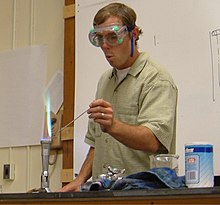Flame test
|
Read other articles:

此條目可能包含不适用或被曲解的引用资料,部分内容的准确性无法被证實。 (2023年1月5日)请协助校核其中的错误以改善这篇条目。详情请参见条目的讨论页。 各国相关 主題列表 索引 国内生产总值 石油储量 国防预算 武装部队(军事) 官方语言 人口統計 人口密度 生育率 出生率 死亡率 自杀率 谋杀率 失业率 储蓄率 识字率 出口额 进口额 煤产量 发电量 监禁率 死刑 国债 外…
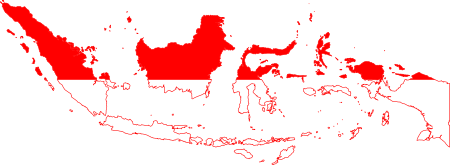
Pos Metro MedanMenyajikan Fakta Fenomena dan PeristiwaTipeSurat kabar harianFormatKoranPemilikJawa Pos GroupPendiriJawa Pos GroupPenerbitPT Pos Metro MedanPemimpin redaksiSahala Raja SimatupangDiterbitkan1 Oktober 2001; 22 tahun lalu (2001-10-01)BahasaBahasa IndonesiaPusatGedung Graha Pena, Jalan Sisingamangaraja Nomor 134 Kilometer 8,5, Timbang Deli, Medan Amplas, Medan, Provinsi Sumatera Utara 20148Surat kabar saudariSumut PosSitus webposmetromedan.composmetromedan.co.id Pos Metro Medan a…
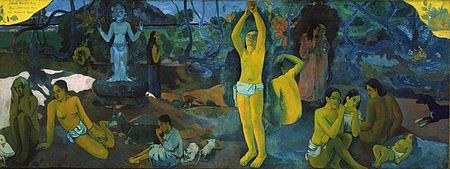
Частина серії проФілософіяLeft to right: Plato, Kant, Nietzsche, Buddha, Confucius, AverroesПлатонКантНіцшеБуддаКонфуційАверроес Філософи Епістемологи Естетики Етики Логіки Метафізики Соціально-політичні філософи Традиції Аналітична Арістотелівська Африканська Близькосхідна іранська Буддійсь…

Compagnie des mines d'Anzin Création 19 novembre 1757 Dates clés 3 février 1720 : Découverte du charbon à la fosse Jeanne Colard no 1 à Fresnes-sur-Escaut1734 : Découverte du charbon à la fosse du Pavé à Anzin Disparition 1946 (Nationalisation, et intégration dans le Groupe de Valenciennes) Fondateurs Jean-Jacques Desandrouin Personnages clés Jean Casimir-Perier, Adolphe Thiers Siège social Anzin France Activité Extraction et transport de houille Produits Houill…

Telescope for observations with visible light The Large Binocular Telescope at the Mount Graham International Observatory in Arizona uses two curved mirrors to gather light An optical telescope is a telescope that gathers and focuses light mainly from the visible part of the electromagnetic spectrum, to create a magnified image for direct visual inspection, to make a photograph, or to collect data through electronic image sensors. There are three primary types of optical telescope: Refracting te…
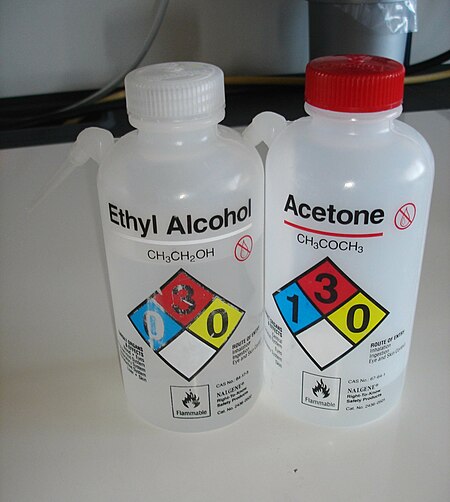
Ada usul agar Pelarut dalam reaksi kimia digabungkan ke artikel ini. (Diskusikan) Botol pelarut berisi etanol dan aseton. Pelarut adalah suatu zat yang melarutkan zat terlarut (cairan, padat atau gas yang berbeda secara kimiawi), menghasilkan suatu larutan. Pelarut biasanya berupa cairan tetapi juga bisa menjadi padat, gas, atau fluida superkritis. Kuantitas zat terlarut yang dapat larut dalam volume pelarut tertentu bervariasi terhadap suhu. Pelarut paling umum digunakan dalam kehidupan sehari-…

Room where administrative work is performed For other uses, see Office (disambiguation). This article needs additional citations for verification. Please help improve this article by adding citations to reliable sources. Unsourced material may be challenged and removed.Find sources: Office – news · newspapers · books · scholar · JSTOR (May 2024) (Learn how and when to remove this message) Midtown Manhattan in New York City is the largest central business …

Jason PlatoPlato (2017)Kebangsaan BritishLahir14 Oktober 1967 (umur 56)Oxford, Oxfordshire, England, UKKarier British Touring Car ChampionshipMusim debut1997Tim saat iniAdrian Flux Subaru RacingNomor mobil99Mantan timWilliams RenaultVauxhallSEAT Sport UKSilverline ChevroletMG KX Clubcard Fuel SaveStart540Gelar juara2 (2001, 2010)Menang97Podium226Pole50Lap tercepat85Klasemen terakhir12thAjang sebelumnya2005200219961990–91, 199519921991WTCCASCARRenault Spider CupFormula Renault GBBritish F3…

Shopping mall in Sandton, Johannesburg, South Africa This article has multiple issues. Please help improve it or discuss these issues on the talk page. (Learn how and when to remove these template messages) This article may rely excessively on sources too closely associated with the subject, potentially preventing the article from being verifiable and neutral. Please help improve it by replacing them with more appropriate citations to reliable, independent, third-party sources. (June 2020) (Lear…

This article includes a list of general references, but it lacks sufficient corresponding inline citations. Please help to improve this article by introducing more precise citations. (May 2011) (Learn how and when to remove this message) Chickasaw Campaign of 1736Part of the Chickasaw WarsDateFebruary 28 – March 25, 1736LocationWest Tennessee and Northeast MississippiResult Chickasaw victoryBelligerents Chickasaw FranceCommanders and leaders Mingo Ouma Pierre d'ArtaguetteStrength perhaps…

Worship of an idol as though it were a god Idol worship redirects here. For the American hip hop group, see Idle Warship. False idols redirects here. For the Tricky album, see False Idols. For the Veil of Maya album, see False Idol (album). Moses Indignant at the Golden Calf, painting by William Blake, 1799–1800 Idolatry is the worship of a cult image or idol as though it were a deity.[1][2][3] In Abrahamic religions (namely Judaism, Samaritanism, Christianity, the Bah�…

Continental Army regiment For the Civil War and Spanish–American War units, see 1st Rhode Island Infantry. Varnum's Regiment9th Continental Infantry Regiment1st Rhode Island RegimentRhode Island RegimentRhode Island BattalionA 1781 watercolor of a black infantryman of the 1st Rhode Island Regiment of the Continental Army at the Yorktown Campaign. The 1st Rhode Island was one of the few Continental Army regiments with many black soldiers.Active1775–1783Country United States of AmericaAll…
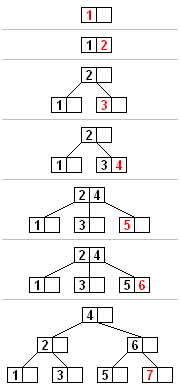
A self-balancing, tree-based data structure, that allows read/write access in logarithmic time Not to be confused with Binary tree or B+ tree. B-treeTypeTree (data structure)Invented1970[1]Invented byRudolf Bayer, Edward M. McCreightTime complexity in big O notationOperation Average Worst caseSearch O(log n) O(log n)Insert O(log n) O(log n)Delete O(log n) O(log n)Space complexitySpace O(n) O(n) In computer science, a B-tree is a self-balancing tree data structure that maintains sorted da…
Filipina padaPesta Olahraga Asia Tenggara 2011Kode IOCPHIKONKomite Olimpiade FilipinaSitus webwww.olympic.ph (Inggris)Penampilan pada Pesta Olahraga Asia Tenggara 2011 di Jakarta dan PalembangPeserta512 dalam 39 cabang olahragaMedaliPeringkat ke-6 36 56 77 Total 169 Perangkat pertandingan140Penampilan pada Pesta Olahraga Asia Tenggara (ringkasan)197719791981198319851987198919911993199519971999200120032005200720092011201320152017201920212023 Filipina berpartisipasi pada Pesta Olahraga Asia T…

This article needs additional citations for verification. Please help improve this article by adding citations to reliable sources. Unsourced material may be challenged and removed.Find sources: List of Wonder Woman supporting characters – news · newspapers · books · scholar · JSTOR (November 2016) (Learn how and when to remove this message) Pin Up by artist Phil Jimenez from Wonder Woman #600, showing many of the character's allies and enemies. This is a…

Disambiguazione – Se stai cercando Ettore Sottsass senior, vedi Ettore Sottsass (1892-1953). Ettore Sottsass nel 1969 Premio Compasso d'oro nel 1959 Premio Compasso d'oro nel 1970 Premio Compasso d'oro nel 1989 Ettore Sottsass Jr. (Innsbruck, 14 settembre 1917 – Milano, 31 dicembre 2007) è stato un architetto, designer e fotografo italiano. Indice 1 Biografia 1.1 Morte 2 Il Controdesign 2.1 L'Influenza dei viaggi 3 Opere 3.1 Design industriale 3.2 Architetture 3.3 Scritti 4 Premi e riconosc…

Ancient town in Lydia Julia Gordos among the cities of Lydia (ca. 50 AD) Gordus or Gordos (Ancient Greek: Γόρδος),[1] also known as Julia Gordus or Iulia Gordos, and possibly also known as Porotta,[2][3] was an ancient Greek city located in eastern Lydia (modern western Turkey). It was a strategically important town founded by the Seleucid Kings. The Julio-Claudian emperors of the Roman Empire renamed the city Julia Gordos in the 1st century and the city minted its …

ISO standard For two-letter country codes, see ISO 3166-1 alpha-2. S-twist and Z-twist ISO 2 is an international standard for direction of twist designation for yarns, complex yarns, slivers, slubbings, rovings, cordage, and related products.[1] The standard uses capital letters S and Z to indicate the direction of twist,[2] as suggested by the direction of slant of the central portions of these two letters. The handedness of the twist is the direction of the twists as they progr…
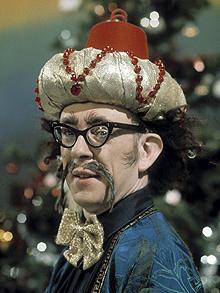
English comedy magician and former president of The Magic Circle Ali BongoBornWilliam Oliver Wallace(1929-12-08)8 December 1929Bangalore, British IndiaDied8 March 2009(2009-03-08) (aged 79)[1]London, EnglandOccupationMagician William Oliver Wallace (8 December 1929 – 8 March 2009), known by his stage name Ali Bongo, was an English comedy magician and former president of The Magic Circle, who performed an act in which he was known as the Shriek of Araby.[2] Early life Bongo…
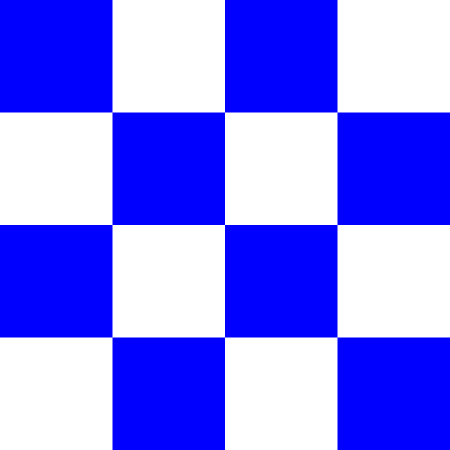
Vehicles on Iwo Jima's Red Beach, c. 25 February 1945, with LST-884 (center) and USS LST-929 (at left, with H markings on her hull) unloading in the background. Among the vehicles are trucks, mobile cranes, amphibious tractors (LVTs), jeeps and a variety of trailers. A field artillery piece is being pulled along in the right center. Note the pierced steel matting roadways. History United States NameLST-929 BuilderBethlehem-Hingham Shipyard, Hingham, Massachusetts Yard number3399[1] Laid …
